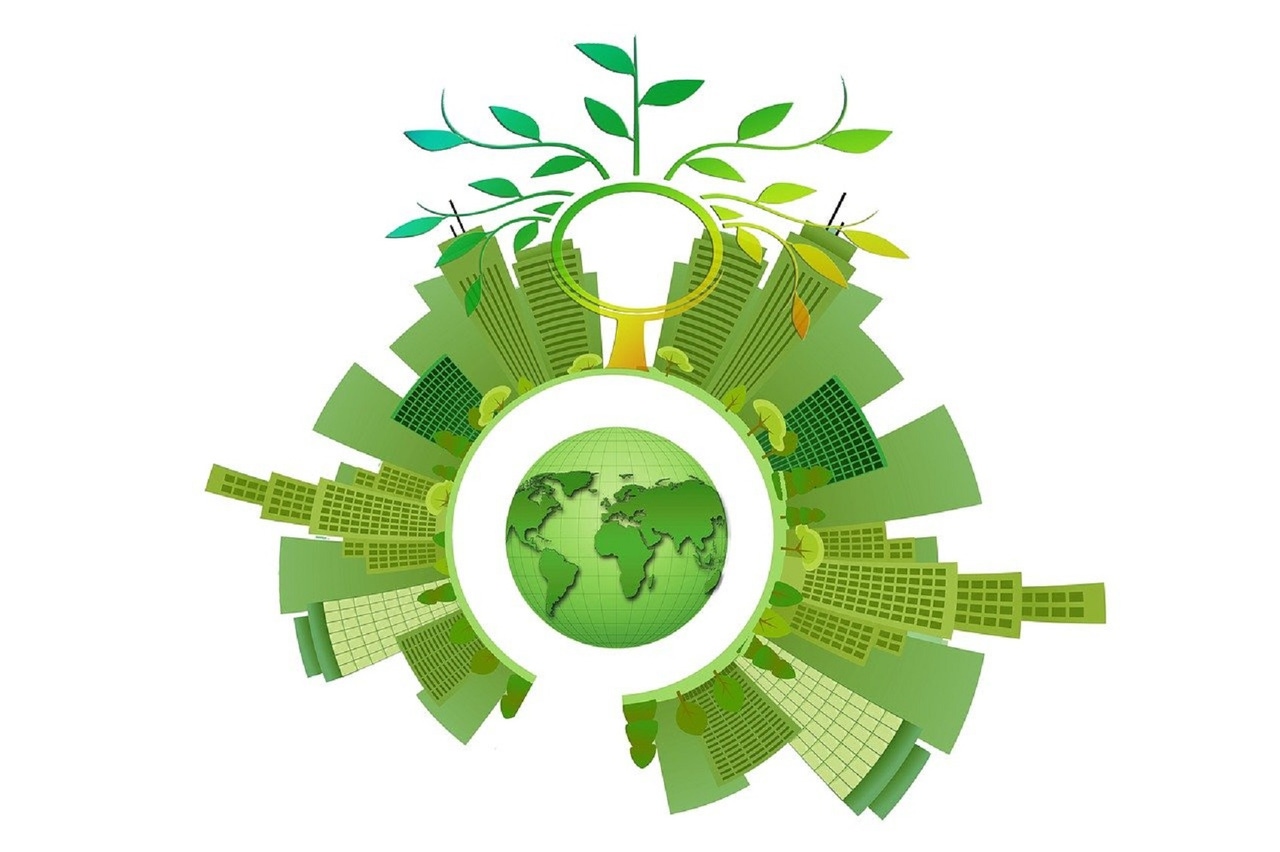Fourth Industrial Revolution Tech Can Help Save the Planet (SPONSORED)Fourth Industrial Revolution Tech Can Help Save the Planet (SPONSORED)
Why 4IR technology like machine learning, AI, and data-driven tools implemented across factories is driving meaningful impact against climate change. (SPONSORED)

Sponsored by Western Digital
The world is warming. World Economic Forum has noted that we need to keep global average temperature rise <1.5 degrees to prevent catastrophic climate change. While alarming, the good news is there are actions organizations can take that will directly impact the direction of that trend.
Advances in data accessibility, artificial intelligence (AI), machine learning (ML), Internet of Things (IoT) and other smart technology are fueling the Fourth Industrial Revolution (4IR). The resulting automation enables a leap forward in efficiency while, at the same time, could lead to a quantum leap in sustainability results.
Meeting Climate Goals With 4IR
Despite real progress made on a global level, the World Economic Forum's report suggests we’ll miss the carbon emissions goals set by the Paris Agreement -- goals meant to slow warming to only 1.5 degrees Celsius by the end of the century. Yet, we have technology that can help us to aggressively meet these targets.
4IR technologies are allowing us to reimagine global manufacturing through a sustainable lens -- and the progress does not have to come at the expense of operational efficiency. Done appropriately and with the right goals in mind, sustainability initiatives can create operational efficiencies at scale that allow manufacturers to improve productivity and expand to new opportunities.
Becoming a Lighthouse Facility
To that end, the World Economic Forum's Global Lighthouse program was set up to allow leading manufacturers to share information and best practices for transforming factories, value chains, and business models for compelling financial, operational, and sustainability returns. Working together gives us a better chance to enact real change in an effort to meet the Paris Agreement emissions goals, combat climate change and save our planet for future generations.
Lighthouse organizations apply 4IR technologies such as AI, cloud computing, and big data analytics to maximize efficiency and competitiveness at scale, transform business models and drive economic growth. This contributes to a learning journey for all-sized manufacturers across all geographies and industries.
A big part of the program is to prove to manufacturers that sustainability can also lead to greater efficiency. Many Lighthouse facilities have achieved impressive sustainability goals while streamlining operations and increasing production. Western Digital’s five recognized Lighthouse facilities, located in Thailand, Malaysia, China, and the Philippines, are great examples.
Optimizing the Supply Chain
Automated logistics systems at Western Digital’s Global Lighthouse facilities often use operational data from IoT devices and AI/ML driven technology to consolidate shipments and optimize routing. This optimizes freight costs and reduces harmful emissions from shipping raw materials to the factory and finished goods to retail partners and consumers.
IoT sensors attach to each shipment monitor and report real-time logistics data, including GPS location and environmental conditions. Combined with carrier details such as service performance, shipment requirements, pick-up information and customer data, the information can be used to generate logistics recommendations that further streamline the supply chain.
Logistics teams can also use the data to identify bottlenecks and predict disruptions to optimize the flow of goods across the supply chain. Optimizing how goods flow in, out and through the global supply chain saves time and money while reducing carbon emissions.
Streamlining On-site Operations
Western Digital’s Global Lighthouse facilities also achieve sustainability by optimizing operations and reducing waste. AI/ML fed by big data, IoT networks, digital twin simulations, and advanced robotics eliminates complexity. At the same time, real-time data from IoT sensors along the production line can optimize processes, reduce errors and, ultimately, increase yield. In addition, some of Western Digital Global Lighthouse facilities use renewable energy on-site and employ lights out manufacturing policies that turn off lighting during automated manufacturing processes.
Western Digital’s Lighthouse facilities around the world use real-time testing of wastewater to convert it to re-usable water for operations. In fact, a Western Digital facility in Malaysia -- the first World Economic Forum Sustainability Lighthouse in Asia -- was able to achieve a normalized (per unit) reduction in energy by 41%, water usage by 45% and waste by 16% -- all while growing output by 43% over four years.
Forging a Way Forward
4IR technologies have the power to revolutionize the way we develop, produce, ship, and consume goods around the world while reducing our impact on the environment. If we really want to solve the climate change crisis, these technologies -- showcased in Lighthouse facilities -- will need to be shared, deployed, and scaled to every corner of the world.
The first step is showcasing how sustainability goes hand in hand with efficiency.
©2024 Western Digital Corporation or its affiliates. All rights reserved.
Western Digital and the Western Digital logo are registered trademarks or trademarks of Western Digital Corporation or its affiliates in the US and/or other countries. All other marks are the property of their respective owners.
About the Author
You May Also Like






